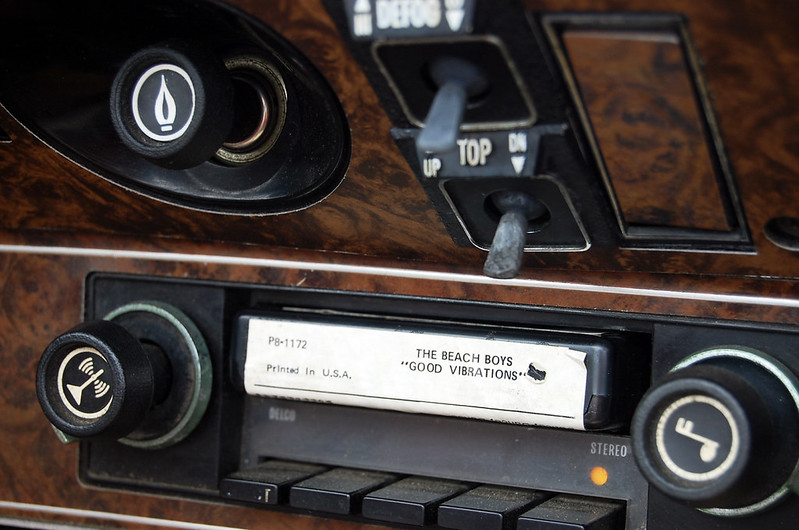Over the weekend, Discord revealed that its users may have had their data compromised when a third-party service provider was hacked. At the time, the platform said that a "small number" of government IDs may have been illicitly accessed. Today, however, claims circulated that the attackers had obtained more than 2 million photos that had been used for age-verification purposes. In response, the company said that about 70,000 users "may have had government-ID photos exposed." Other user data that could have been compromised includes the users’ "name, Discord username, email and other contact details if provided to Discord customer support," as well as a limited amount of billing information.
Engadget reached out to Discord for comment, but did not receive a response. However, Discord spokesperson Nu Wexler shared a statement about the issue with The Verge and said that some of the figures being shared were "inaccurate" and came from the attackers.
"The numbers being shared are incorrect and part of an attempt to extort a payment from Discord," Wexler said. "We will not reward those responsible for their illegal actions. All affected users globally have been contacted and we continue to work closely with law enforcement, data protection authorities, and external security experts. We’ve secured the affected systems and ended work with the compromised vendor."
This article originally appeared on Engadget at https://www.engadget.com/discord-now-says-70000-government-ids-may-have-leaked-in-provider-hack-225753321.html?src=rss




